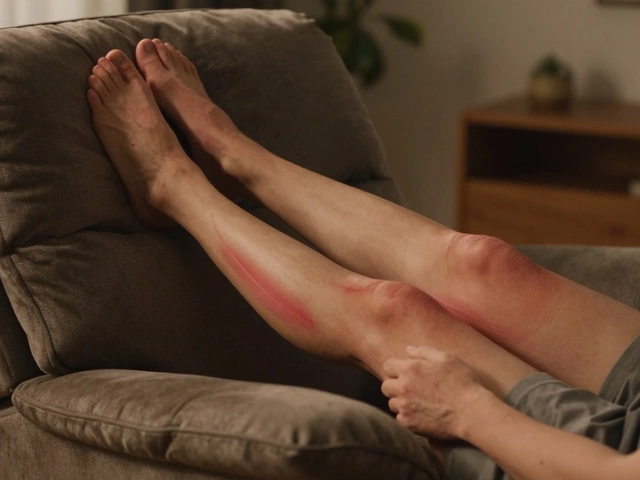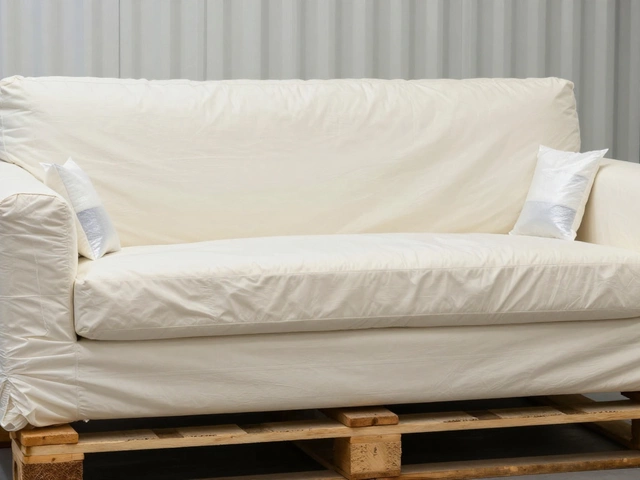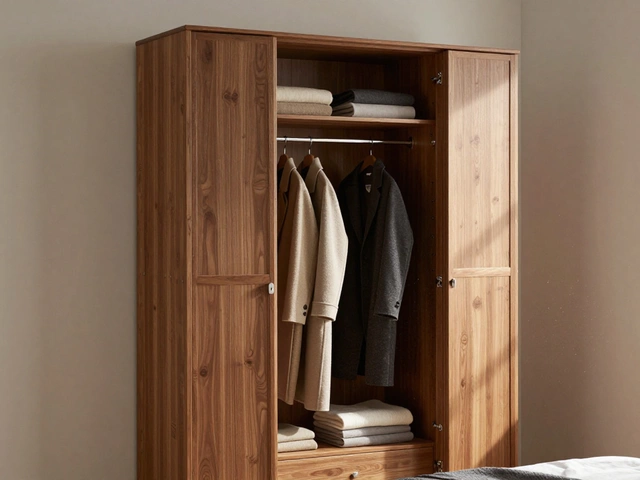Fabric Yardage Guide for Sofas – Get the Right Amount the First Time
Ever bought fabric for a sofa and ended up with a shortfall or a massive surplus? It happens a lot because most people guess instead of measuring. The good news is you don’t need a math degree to figure out how much fabric you actually need. Follow these easy steps and you’ll never waste money on extra yards again.
How to Measure Your Sofa Accurately
Start by laying your sofa on a flat surface or pulling the cushions off so you can see the frame. Grab a flexible tape measure and note three key dimensions:
- Seat width – measure from one arm to the other across the flat part of the seat.
- Seat depth – measure from the front edge of the seat to the back.
- Height – measure from the floor to the top of the back cushion.
Once you have those numbers, add a little extra for seams, pattern repeats, and any matching on the back. A safe rule of thumb is to add 10‑15% to the total yardage. For example, a 78‑inch wide, 35‑inch deep, and 30‑inch high sofa typically needs about 9 yards of 54‑inch wide fabric.
If your sofa has a tufted back or rolled arms, add another yard for each special feature. It’s better to have a little extra than to scramble for a patch later.
Choosing the Right Fabric and Calculating Yardage
Not all fabrics come in the same width. Standard upholstery fabric is usually 54 inches wide, but some designer collections run 60 inches. Always check the bolt width before you calculate. If you’re buying a 60‑inch bolt, you can shave off a yard or two because the extra width covers more surface.
Next, think about pattern direction. Stripes, plaids, or floral prints often need to be matched at the seams, which can double the amount of fabric required. When in doubt, ask the supplier how much extra they recommend for pattern matching.
Here’s a quick cheat sheet:
- Simple solid color, 54‑inch bolt: seat width × 1.5 + seat depth × 1.2 = yards needed.
- Patterned fabric, 54‑inch bolt: add 20‑30% more.
- 60‑inch bolt, solid: use the same formula, then subtract 0.5‑1 yard.
Plug your numbers in, round up to the nearest half‑yard, and you’re good to go.
Finally, think about durability. Sofas see a lot of traffic, so pick a fabric with a high abrasion rating (like 3.5 or above on the Martindale scale). Heavy‑weight fabrics also tend to need a little less yardage because you can stretch them less during upholstery.
With the right measurements, the correct bolt width, and a bit of extra for patterns, you’ll end up with a perfectly sized piece of fabric that looks great and lasts long.
So next time you head to the fabric shop, bring your tape measure, use this guide, and walk out confident that you’ve got the exact yardage you need. No wasted fabric, no last‑minute trips, just a sofa that fits your style perfectly.
Average Cost to Reupholster a Sofa in 2025 (US & Canada) + DIY Estimator & Hiring Tips
Real 2025 pricing: what it costs to reupholster a sofa in the US and Canada, why quotes vary, a quick estimator, when it’s worth it vs replacing, and how to hire right.







